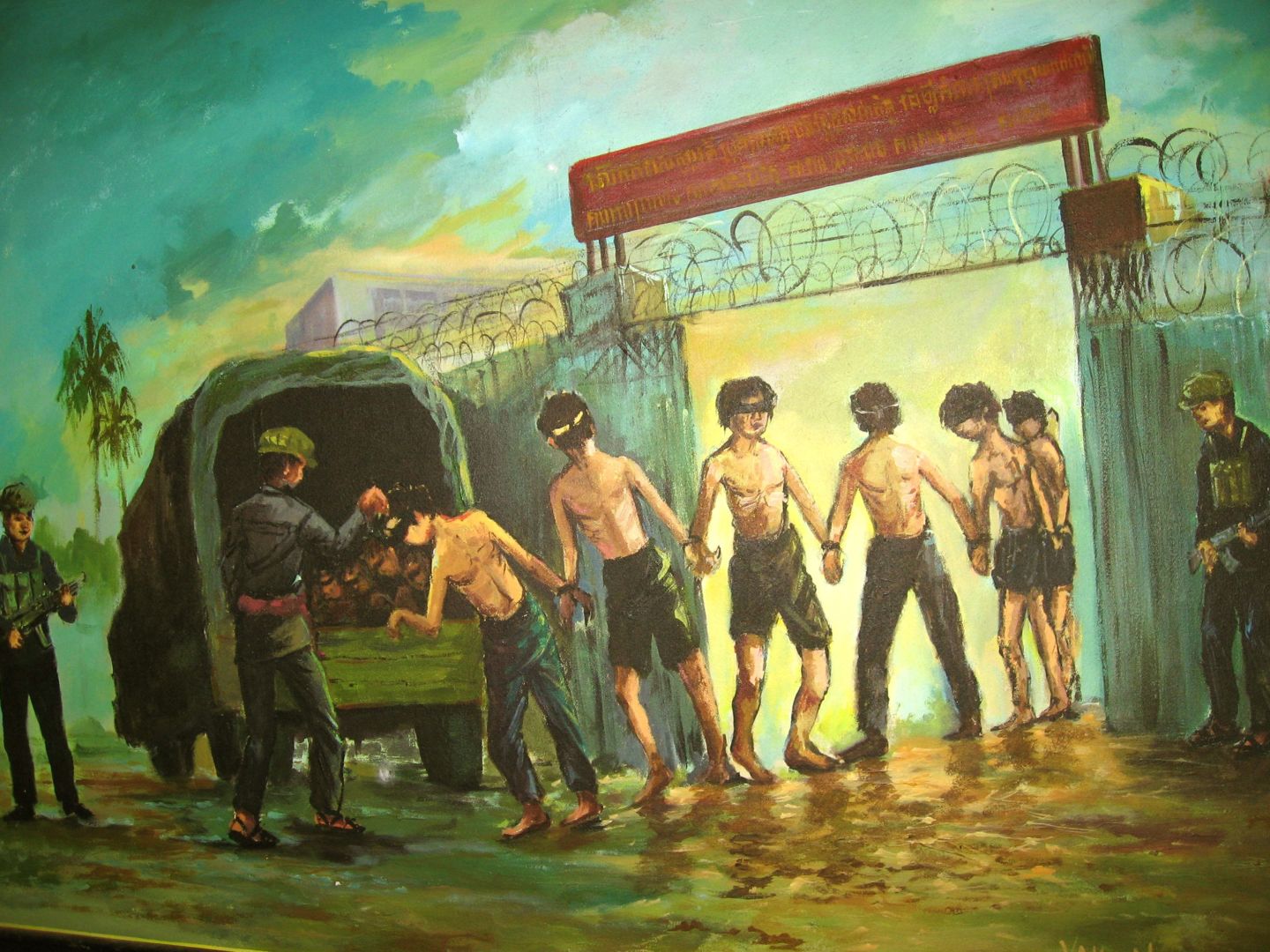
by Adrian Gregorich | Apr 17, 2014 | General News
“From 1975 to 1979—through execution, starvation, disease, and forced labor—the Khmer Rouge systematically killed an estimated two million Cambodians, almost a fourth of the country’s population. This is a story of survival: my own and my family’s....
by Adrian Gregorich | Apr 7, 2014 | General News
Today marks twenty years since the onset of the Rwandan Genocide. On 7 April 1994 began the worst instance of genocide since World War II, when members of the Rwanda’s Hutu majority slaughtered an estimated 800,000 Tutsis and moderate Hutus in one hundred days...
by Adrian Gregorich | Feb 14, 2014 | General News, Kenya, Situations of Concern, Team Announcements
In this interview Drew Boyd, the Sentinel Project’s Kenya Situation of Concern Team Lead, weighs in on rumour-spreading in the Tana Delta, emerging trends in our field research and aspirations for the future of Una Hakika. What were your expectations for the Una...
by Adrian Gregorich | Feb 3, 2014 | General News, Kenya, Team Announcements
Yesterday Sentinel Project team members working on the Una Hakika project here in Kenya traveled to the village of Kipao to conduct a baseline survey to gain insight into the community members’ sources of information and assess their response to harmful...
by Adrian Gregorich | Jan 31, 2014 | General News, Kenya, Situations of Concern, Team Announcements
Yesterday members of the Sentinel Project were invited to the Tana Delta Peace Forum held in the Maridhiano Hall in Minjila village, outside of Garsen. The Peace Forum is held once a month and is attended by NGO and government representatives from around the area,...
by Adrian Gregorich | Nov 28, 2013 | General News, Team Announcements, Technology
In this last post of our blog series on the humanitarian use of drones we look at two closely related issues that call into question the current use of armed drones and raise a serious point of discussion for the humanitarian use of this technology. These two issues...
by Adrian Gregorich | Nov 18, 2013 | General News
A few weeks ago we discussed the use of unmanned aerial vehicles (UAVs) for social good, and presented ways in which drones could contribute to genocide prevention. But while there is great humanitarian potential for drones, several challenges lie ahead. Chief among...
by Adrian Gregorich | Oct 22, 2013 | General News
In last week’s edition of this series, we examined how drone strikes violate human rights and took a closer look at instances when civilians were harmed. When most people hear the word “drone,” it is usually these negative images that come to mind, and...
by Adrian Gregorich | Oct 17, 2013 | General News
Saadullah was injured in a drone attack in 2011, losing his eye and both legs. Last week Pakistani girls’ education activist Malala Yousafzai visited US President Barack Obama at the White House. Malala had been targeted by the Taliban for campaigning for girls’...
by Adrian Gregorich | Oct 7, 2013 | General News
One of the biggest obstacles to the prevention of genocide and other large-scale human rights abuses is obtaining accurate information about lead-up events in time to do something about them. Placing human observers on the ground is a key means of gathering this...
by Adrian Gregorich | Sep 27, 2013 | Burma, General News, Team Announcements
An image of a group of men cutting the neck of a woman and pouring her blood into a basin has been posted on Wirathu’s Facebook page in an attempt to incite animosity toward Muslims in Burma. Various elements of the image, including certain parts that are more in...
by Adrian Gregorich | Sep 24, 2013 | General News, Team Announcements
Satellite imagery has immense potential as a tool for humanitarian agencies. The Sentinel Project could use up-to-date satellite images to pinpoint locations that are poised on the brink of genocide or where genocide is already making the movement of targeted...


